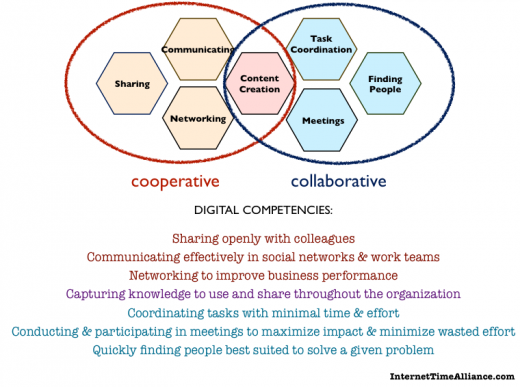 A number of people have requested that I run another Personal Knowledge Management workshop, so the next online PKM workshop is now scheduled for 21 Jan – 15 Feb 2013 through the Social Learning Centre. This will be the last workshop in the current format. In the Spring I will look at what has been learned to date and redesign the resources and activities.
A number of people have requested that I run another Personal Knowledge Management workshop, so the next online PKM workshop is now scheduled for 21 Jan – 15 Feb 2013 through the Social Learning Centre. This will be the last workshop in the current format. In the Spring I will look at what has been learned to date and redesign the resources and activities.
In 2012, we conducted three online workshops and I also ran some on-site sessions for clients. What is becoming obvious is that the skills addressed in PKM are seen as important to many managers, knowledge workers, and practitioners in a wide array of disciplines. PKM combines aspects of traditional knowledge management, as well as digital curation, social learning, and critical thinking. I have shown how it is directly related to innovation and I believe it is an essential aspect of what are becoming known as digital competencies.
The Seek > Sense > Share framework I developed for PKM almost three years ago has helped many people establish their own sense-making processes. A common remark from workshop participants is how difficult sense-making can be, “I entered this workshop feeling I could seek and share quite effectively, it was the sensing I needed to work on.” Another participant described PKM as a way of “cleaning out my crap filters so the right information can come through so I don’t feel overwhelmed with information”; a very good description.
The main concept behind the workshops is to create a bounded space of active learners who can share their thoughts around a selection of resources and activities. The only rule is that all communication is within the discussion area, available for all participants to read and comment on. As facilitators, we use these discussions as starting points for deeper inquiry. Without the participants narrating their learning, the value of the experience would diminish.
Each workshop is a shared, cooperative experience. Many participants have made connections and friendships that have continued afterwards. My objective is to provide just enough structure for people to focus, but not too much to constrain personal reflection and social learning. It is very dependent on the positive intentions of everyone. Usually, we have enough active participants to get some deep conversations. What one gets out of each workshop is very dependent on what one puts in. From me, you get my undivided attention for a month and I look at ways to make better connections for participants, based on what they share. The structure is not for everyone, and people looking to be guided through a more linear process, such as a typical self-paced course, can be disappointed.









